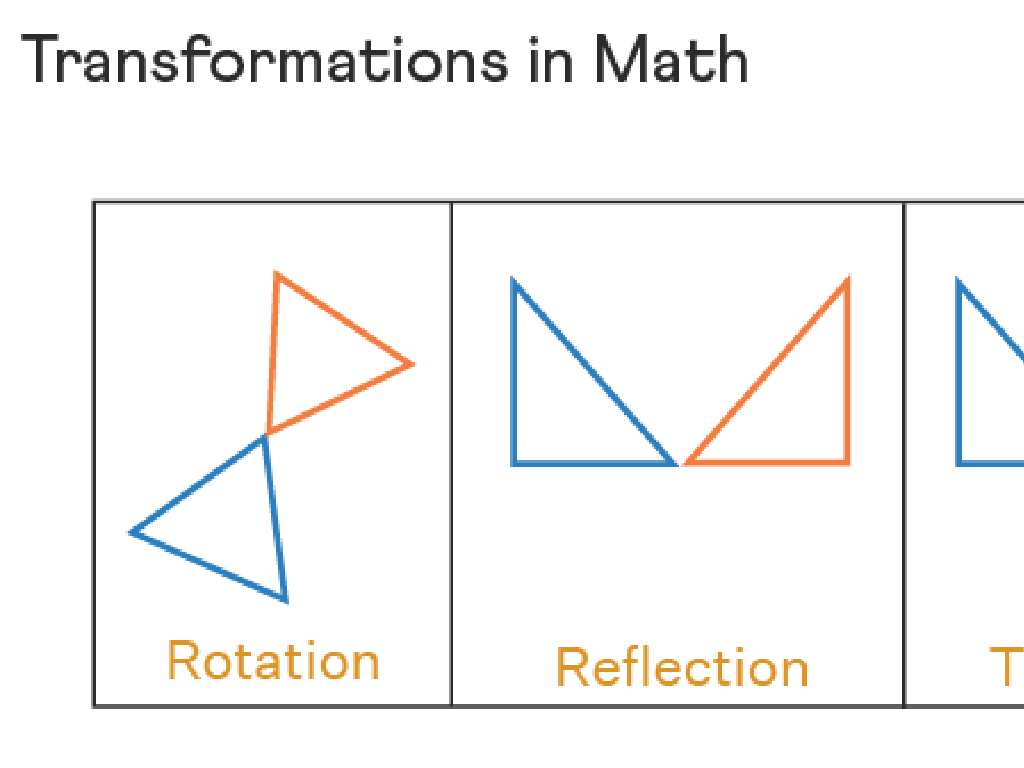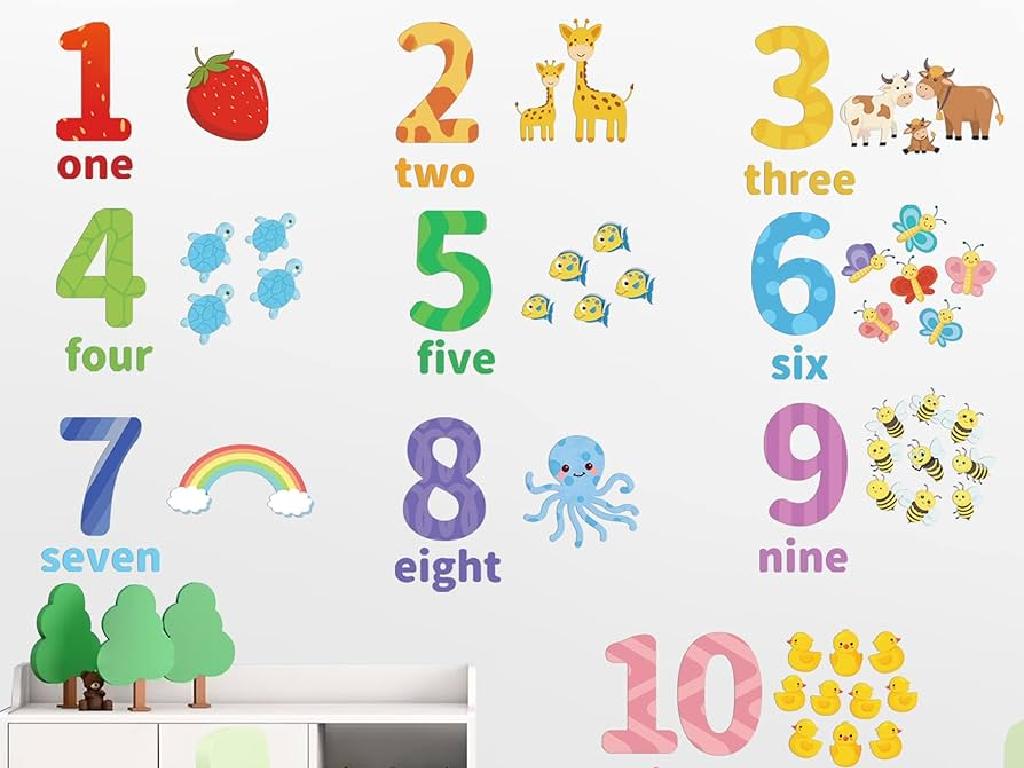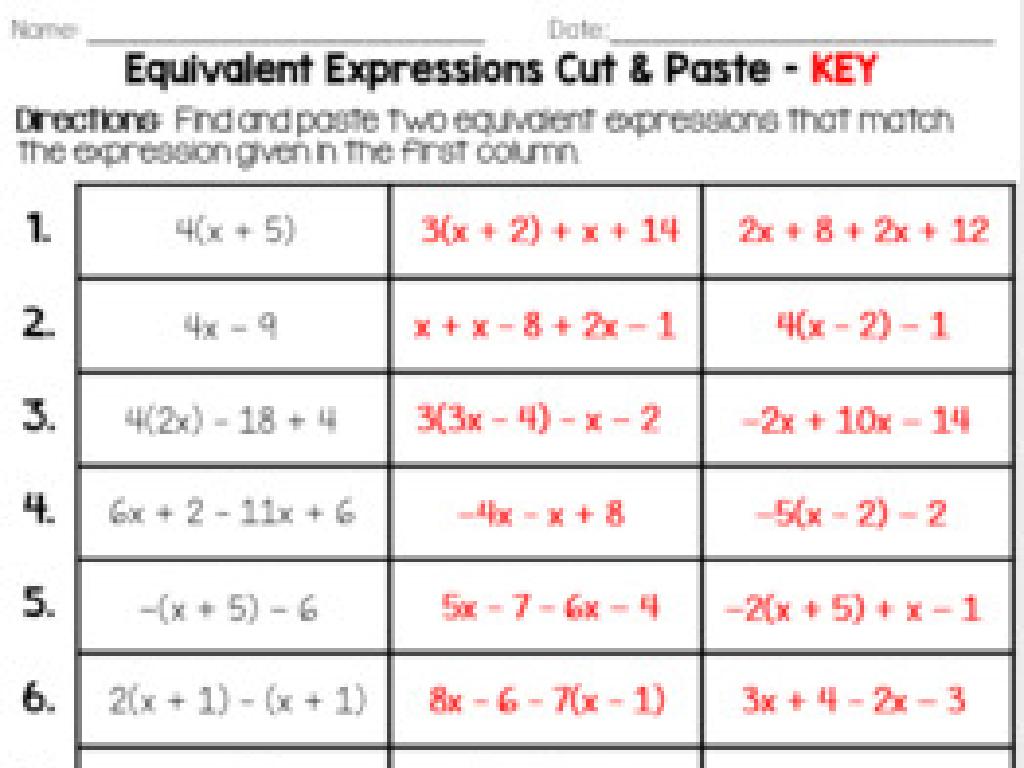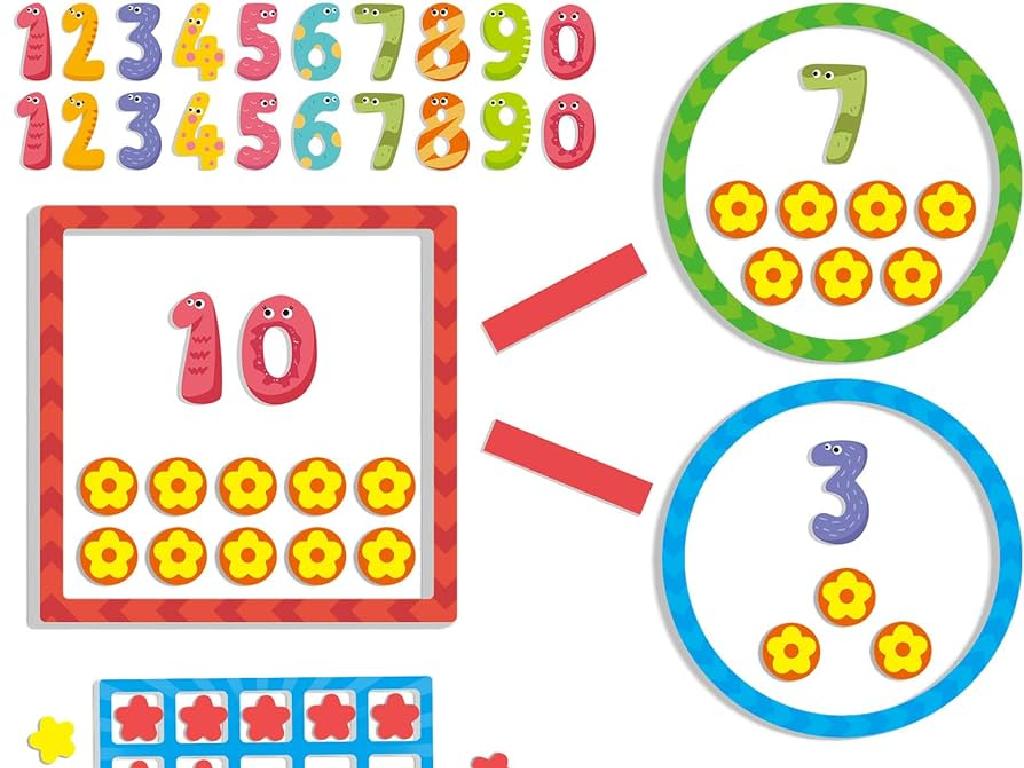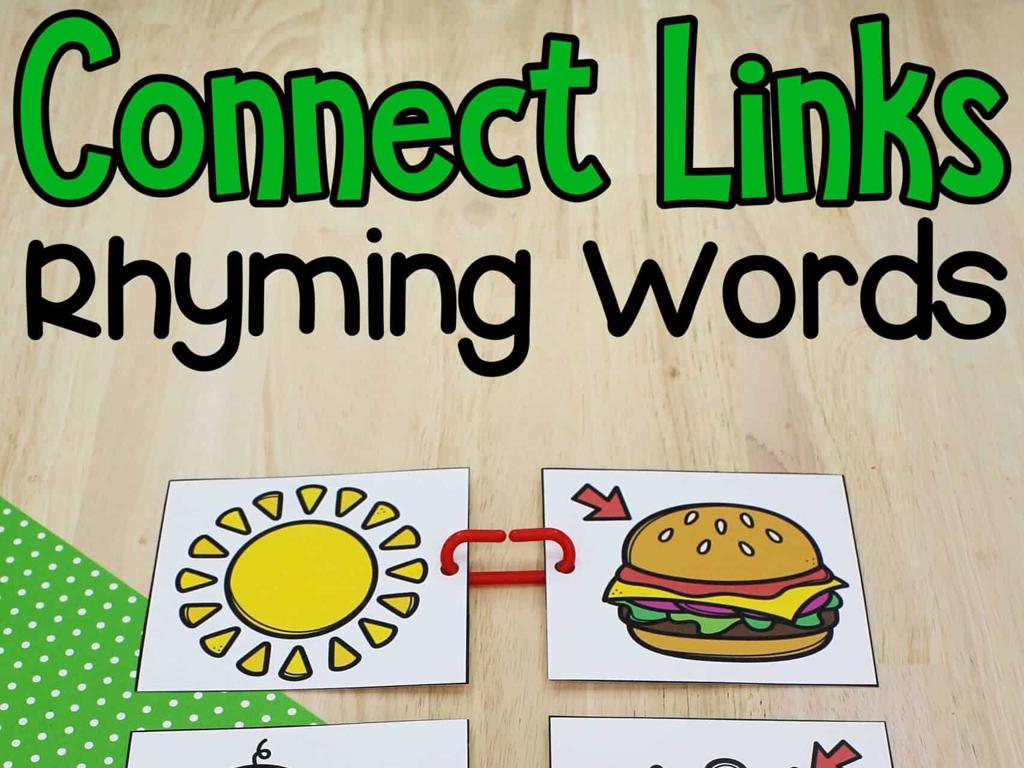Coral Reef Biodiversity And Human Uses: Evaluate Solutions
Subject: Science
Grade: Seventh grade
Topic: Conservation
Please LOG IN to download the presentation. Access is available to registered users only.
View More Content
Coral Reefs: Biodiversity and Importance
– Explore coral reef ecosystems
– Coral reefs are diverse underwater ecosystems harboring thousands of marine species.
– Biodiversity in coral reefs
– Biodiversity refers to the variety of life and its processes, including the variety of living organisms, the genetic differences among them, and the communities and ecosystems in which they occur.
– Significance of coral reefs
– Reefs protect coastlines from storms and erosion, provide jobs for local communities, and offer opportunities for recreation.
– Human impacts on reefs
– Overfishing, pollution, and climate change are major threats to coral reefs.
|
This slide introduces students to the concept of coral reefs within the broader topic of conservation science. Begin by explaining what coral reefs are and their role as one of the most diverse ecosystems on the planet. Discuss the concept of biodiversity and its importance within these ecosystems. Highlight why coral reefs are crucial for the environment and human societies, including their role in protecting shorelines and supporting economies. Finally, address the human impacts on coral reefs, setting the stage for a discussion on conservation efforts and the evaluation of solutions to protect these vital ecosystems. Encourage students to think critically about how human activities influence coral reefs and the importance of sustainable practices.
Exploring Coral Reefs: Biodiversity and Symbiosis
– Coral reefs: definition and traits
– A coral reef is a diverse underwater ecosystem built by coral polyps.
– Coral polyps: tiny architects
– Polyps are small creatures that build the reef by secreting calcium carbonate.
– Symbiosis: cooperation in reefs
– Symbiosis in reefs includes relationships like that between algae and polyps.
– Human impacts and conservation
|
This slide introduces students to the basics of coral reefs, emphasizing their importance as diverse ecosystems and the role of coral polyps in their formation. Highlight the concept of symbiotic relationships, which are crucial for the health of coral reefs, such as the mutualistic partnership between coral polyps and zooxanthellae algae. Discuss how human activities impact coral reefs and the importance of conservation efforts. Encourage students to think about how each organism in a reef depends on others, and how this delicate balance is threatened by environmental changes.
Coral Reef Biodiversity and Conservation
– Diversity of reef species
– Coral reefs are home to over 25% of marine life.
– Biodiversity’s role in ecosystems
– Healthy biodiversity ensures ecosystem resilience.
– Coral reefs’ inhabitants
– Examples: Clownfish, corals, and sea turtles.
– Human impacts on reefs
– Overfishing and pollution threaten reef health.
|
This slide aims to educate students on the rich biodiversity of coral reefs and its importance to the health of marine ecosystems. Emphasize that coral reefs, though covering less than 1% of the ocean floor, support an astonishing variety of species. Discuss how biodiversity contributes to the stability and resilience of ecosystems, allowing them to withstand and recover from adverse conditions. Provide examples of coral reef inhabitants, such as clownfish, which have a symbiotic relationship with anemones, and sea turtles, which graze on seagrass. Highlight the negative impacts of human activities, such as overfishing, pollution, and climate change, on coral reefs. Encourage students to think about how we can reduce these impacts and protect coral reef biodiversity.
Threats to Coral Reefs and Consequences
– Human impacts on reefs
– Pollution, overfishing, and climate change harm reef ecosystems.
– Natural threats to reefs
– Storms, predators, and diseases can also damage reefs.
– Consequences of reef decline
– Loss of biodiversity, fisheries, and coastal protection.
– Evaluating solutions
|
This slide aims to educate students on the various threats to coral reefs, both human-induced and natural, and the subsequent consequences of reef degradation. Human activities like pollution, overfishing, and the effects of climate change, such as ocean acidification and warming, are significant stressors on coral reef ecosystems. Natural events like storms, predation, and diseases also pose threats. The decline of coral reefs leads to a loss of marine biodiversity, negatively impacts fisheries, and reduces the natural coastal protection that reefs provide. Encourage students to think critically about how human behavior contributes to these threats and discuss potential solutions to mitigate these impacts. This will set the stage for evaluating the effectiveness of different conservation strategies in the following slides.
Human Uses of Coral Reefs
– Coral reefs in economy
– Reefs contribute to tourism and fisheries, supporting local economies.
– Biomedical uses of reefs
– Compounds from reef organisms are used in medicines, like antiviral drugs.
– Coral reefs’ cultural value
– Reefs hold spiritual and heritage significance for many cultures.
– Evaluating reef conservation
– Assessing the effectiveness of current conservation efforts.
|
This slide aims to educate students on the multifaceted roles coral reefs play in human society. Emphasize the economic benefits, such as income from tourism and fisheries, which rely on healthy reef ecosystems. Highlight the biomedical applications, where coral reef organisms provide compounds for developing medicines, showcasing the direct impact on human health. Discuss the cultural importance of reefs, acknowledging their role in traditions and as spiritual symbols. Finally, encourage critical thinking by evaluating the success and challenges of coral reef conservation efforts, understanding the balance between human use and the need to preserve these ecosystems for future generations.
Conservation Solutions: Protecting Coral Reefs
– Marine Protected Areas (MPAs)
– MPAs restrict human activities to conserve marine life.
– Artificial reefs and coral farming
– Man-made structures and farmed corals can rebuild ecosystems.
– Community involvement
– Local communities play a crucial role in reef conservation.
– Sustainable practices in daily life
– Choices like using less plastic can help protect reefs.
|
This slide aims to discuss various strategies for coral reef conservation. Marine Protected Areas (MPAs) have been established worldwide to limit human impact on marine ecosystems, showing positive results in biodiversity preservation. Artificial reefs and coral farming offer innovative ways to restore damaged reefs and support marine life. Engaging local communities in conservation efforts ensures that those who are most affected by the health of coral reefs are directly involved in their protection. Finally, promoting sustainable practices among individuals, such as reducing plastic use and responsible tourism, can have a significant impact on the health of coral reefs. Encourage students to think about how their actions can contribute to coral reef conservation.
Case Study: Coral Reef Conservation Success
– Example of reef restoration
– The Apo Island success story: from damaged to thriving through local efforts.
– Science’s role in conservation
– Research on coral ecology guides effective restoration strategies.
– Technology aids in restoration
– Use of 3D printing to create artificial reef structures.
– Long-term conservation benefits
– Healthy reefs support marine life, protect coastlines, and sustain local economies.
|
This slide presents a case study on successful coral reef conservation, highlighting a real-world example of restoration efforts. Discuss the Apo Island story, where local community involvement led to a significant recovery of coral reefs. Emphasize the importance of scientific research in understanding coral ecosystems and developing effective conservation strategies. Introduce how technology, such as 3D printing, is being used to create structures that facilitate coral growth. Finally, discuss the long-term benefits of these efforts, including biodiversity preservation, coastal protection, and support for local communities through tourism and fishing. Encourage students to think critically about how these elements contribute to successful conservation.
Class Activity: Coral Reef Conservation Project
– Form small research groups
– Select a threat to coral reefs
– Develop a conservation strategy
– Consider local and global solutions, impact on biodiversity and communities
– Present findings to the class
|
This class activity is designed to engage students in active learning about coral reef conservation. Divide the class into small groups, each choosing a specific threat to coral reefs, such as pollution, overfishing, or climate change. Each group will research their chosen threat and develop a viable conservation strategy, considering both local and global scales, as well as the impact on biodiversity and human communities. Encourage creativity and critical thinking. Possible activities include creating posters, brochures, or PowerPoint presentations. Each group will then present their findings and proposed solutions to the class, fostering a collaborative learning environment and enhancing public speaking skills.

